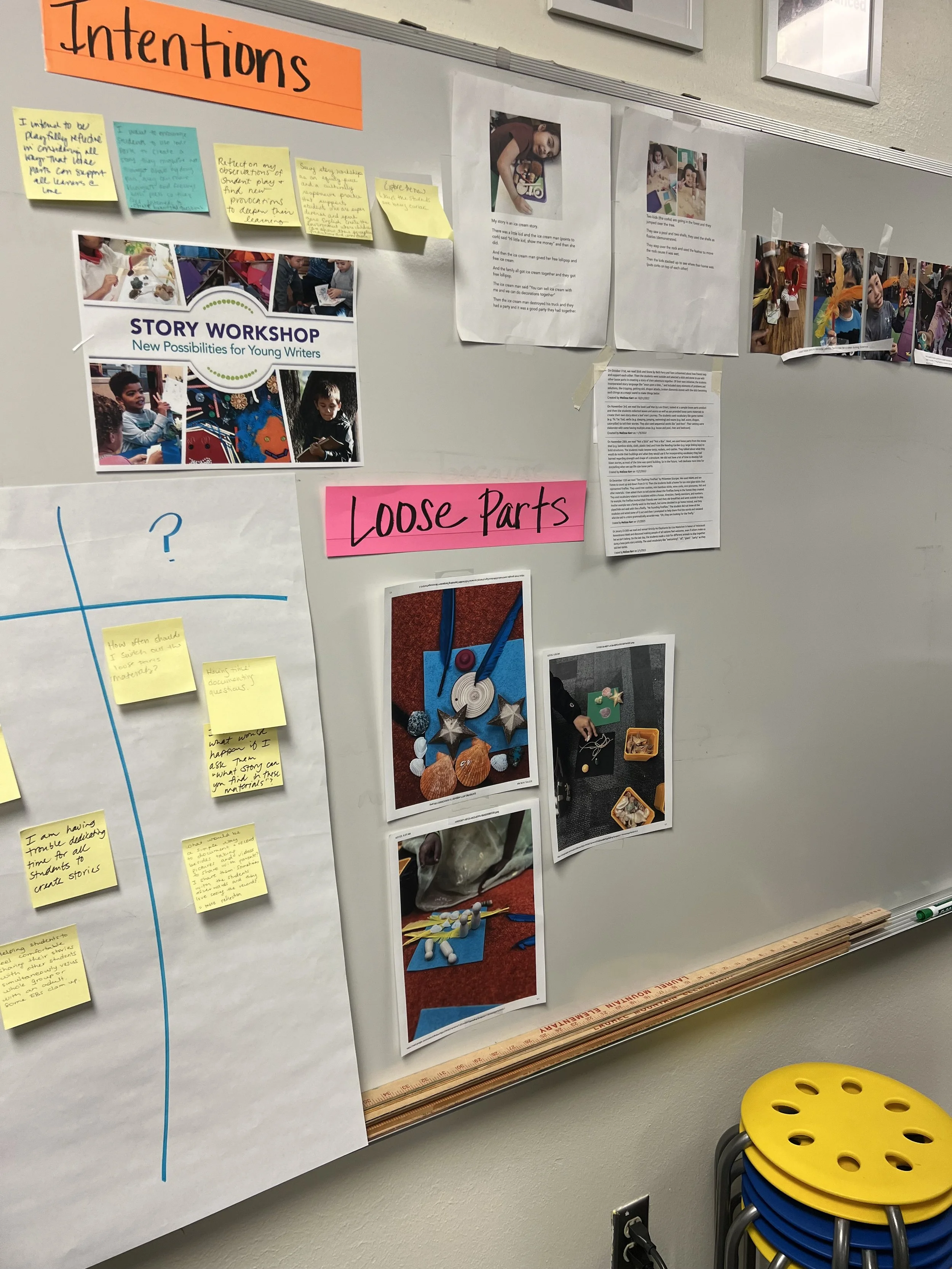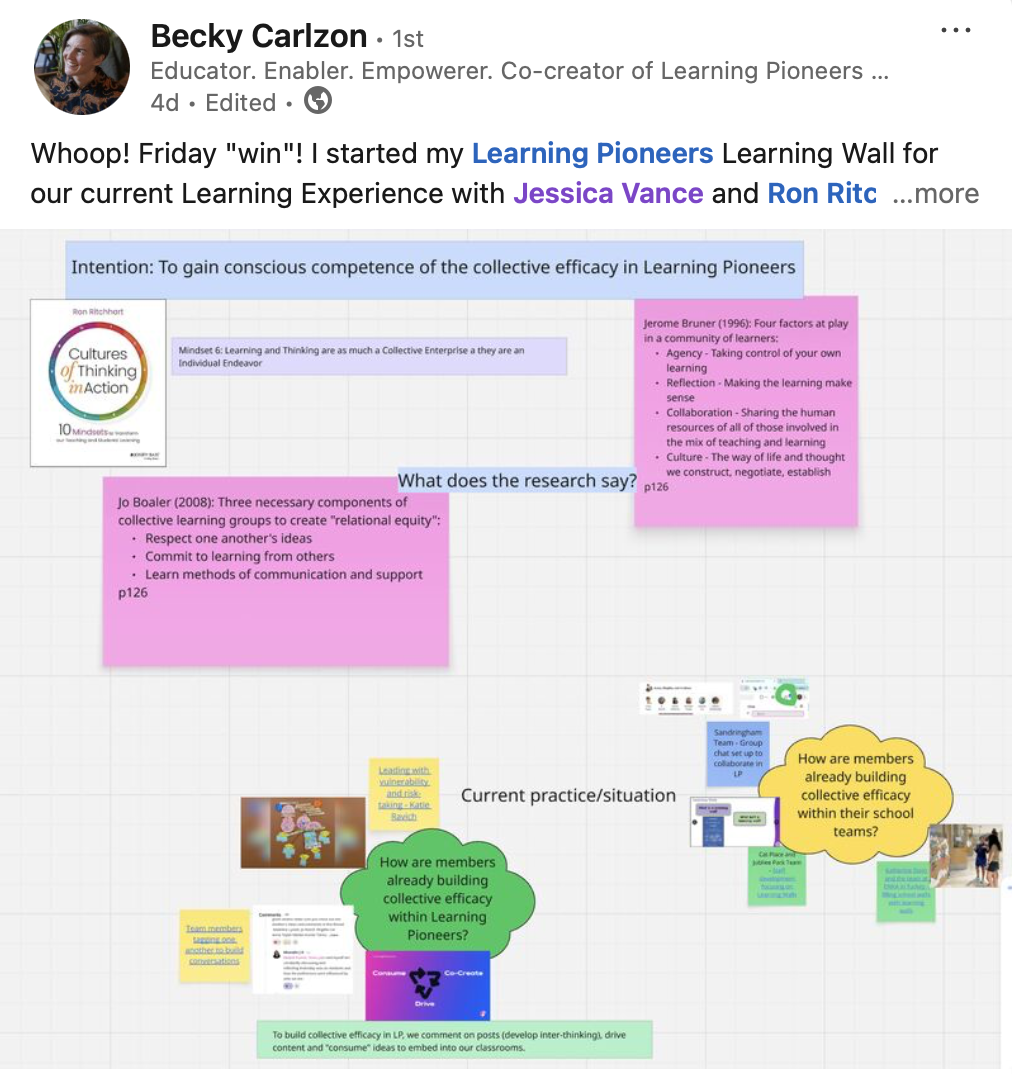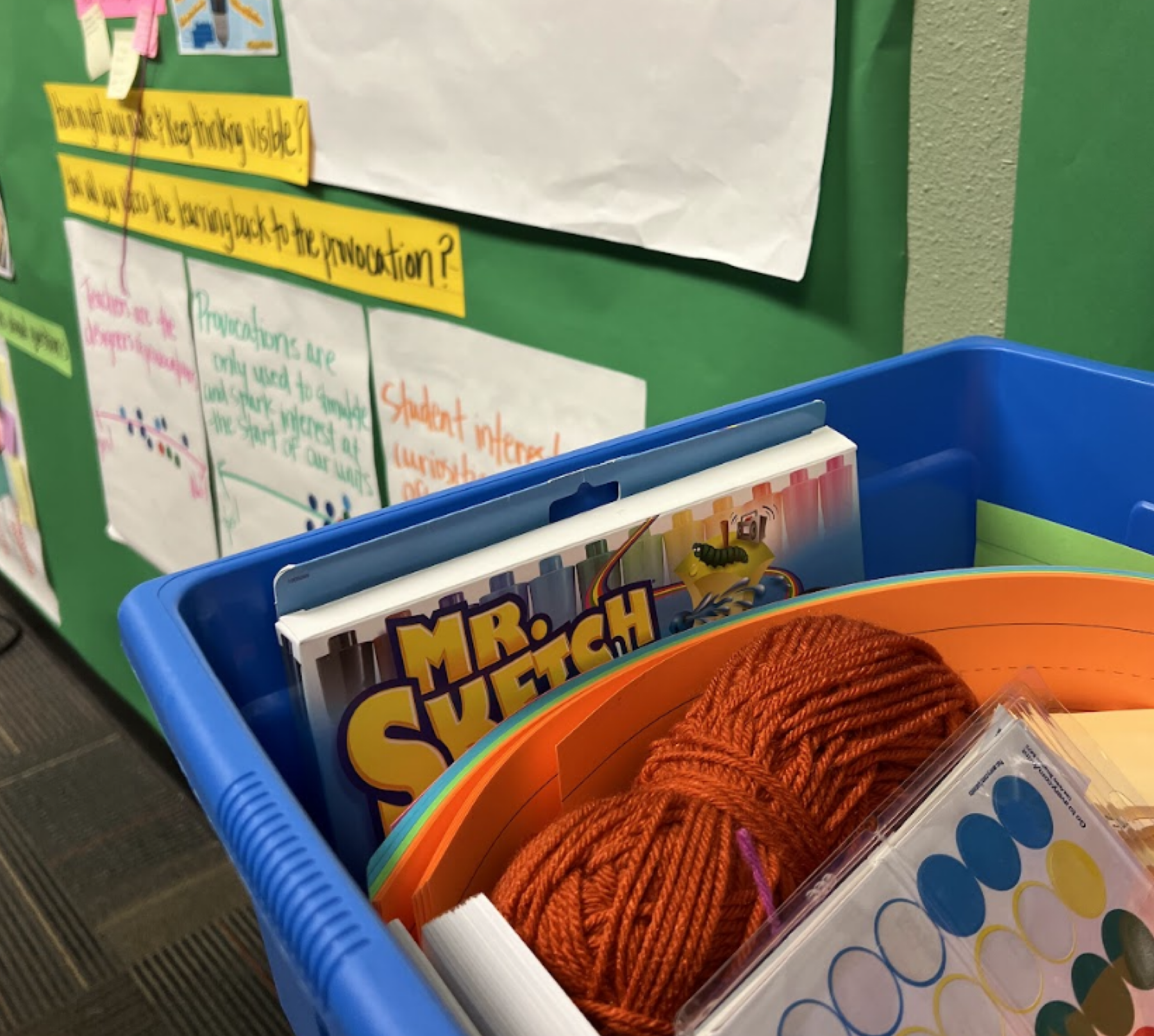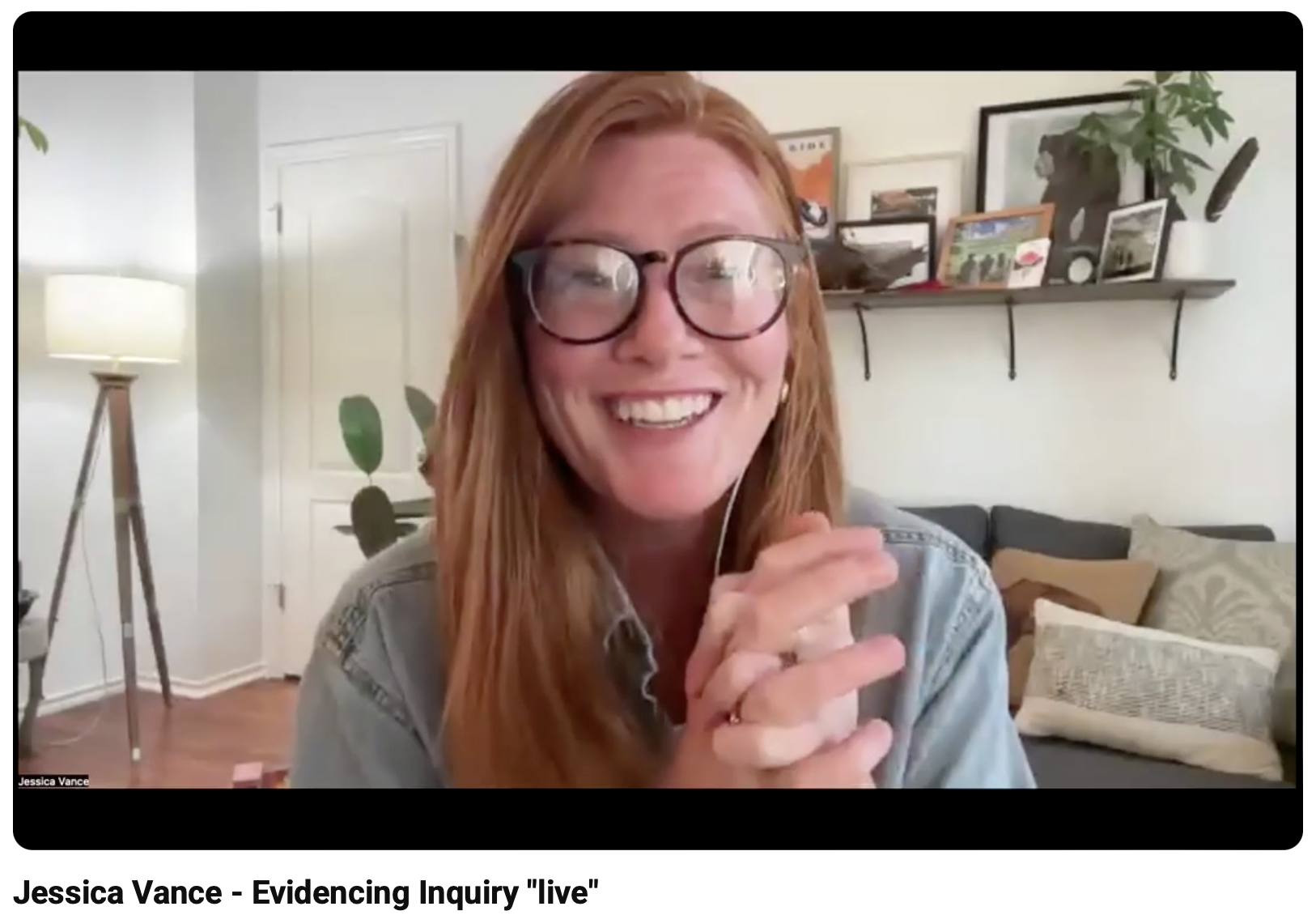Getting Started with Evidencing Inquiry: 3 Foundations and 3 Common Pitfalls
When we think about learning walls, it’s easy to picture a physical bulletin board—something rooted in a classroom space. But learning doesn't only happen on walls or in rooms. It happens in contexts, and each one of ours looks a little different.
That’s something Becky Carlzon reminded me of during a conversation we had while launching Evidence of Inquiry. Teaching in a virtual setting, Becky builds digital learning walls for the Learning Pioneers community—a space designed to make ongoing inquiry visible and accessible in real time. What stood out wasn’t just the format, but the intentionality behind it. Her walls are not just documenting learning; they authentically and richly support it. Co-created, responsive, and alive with contributions from learners, it served as a powerful reminder: the value of a learning wall isn’t tied to the space it lives in, but to the purpose it serves.
What makes a learning wall meaningful? What holds it back? And what are the subtle but powerful shifts that turn it into a tool for thinking, not just a display?
Foundation #1: Find a Structure That Supports the Story of Learning
Learning isn’t linear, and your wall doesn’t have to be either. Whether you use a spiral, timeline, or spider web, the structure should help learners see their thinking evolve. These visual maps allow students to revisit prior ideas, make connections, and notice how their understanding shifts over time. ➡️ Grab this sketch note to help you organize your vertical display!
Foundation #2: Pull Up a Chair
How often do we pause and truly look at what’s on the wall with a curious eye? Creating rhythms and routines that bring you—and your students—back to the wall creates space for responsive practice. This allows us to curate content that reflects the questions, interests, and needs emerging in real time, while also anchoring the work in standards and learning goals. Some favorite questions (I share a more robust list in the video) I return to often when pulling up a chair include:
What am I noticing? What does the evidence reveal?
Is this what I expected? Why or why not?
Where are we going? How might our documentation support deeper meaning making?
Foundation #3: Build a Learning Wall Bin
This simple move can shift everything. Stock a nearby bin with tools like markers, sticky notes, printed prompts, or sentence stems—anything that encourages both student contribution and teacher interaction. When we interact with the wall during learning, not after students have left the room, it becomes a living tool for thinking rather than a static display.
These foundations are small but meaningful shifts. They can transform your wall into a co-constructed space where thinking is visible, valued, and revisited.
3 Common Pitfalls
Pitfall #1: Planning with your learning wall in mind
We can’t just hope our vertical spaces will support deeper learning—we have to plan for it.
Too often, learning walls become an afterthought: a surface we fill as we go, rather than a tool we intentionally design. But when we shift our thinking and begin to plan with our learning wall in mind, it becomes something much more powerful: a visual roadmap of the learning journey.
Try this mindset shift:
Start with the end in mind. What’s the summative task? What are the key understandings or goals for the unit? Backwards planning through the lens of your learning wall means asking:
What evidence of learning will we need to collect?
How might we structure or sequence artifacts over time?
What opportunities can we create to spark connection-making—between ideas, across subjects, and through time?
Pitfall #2: Too much on the wall
Sometimes we add and add and add to our walls… and suddenly, we’re left with a chaotic collage of artifacts that’s hard to navigate. The wall begins to blend into the background. Learners stop noticing (and so do we!)
We need to get in the habit of curating intentionally.
Try this:
Spend just five minutes doing a “sift and sort” of your wall. Ask:
What can be removed?
What might need to shift or move?
What’s missing or needs to be added to deepen understanding?
These three questions, from the 5-Minute Learning Wall Edit sketch note, help us keep the space purposeful. Remember: less can be more—especially when what remains holds deep meaning.
Pitfall #3: No systems for learners to do some of the heavy lifting
If you’re the only one who can add to or change the wall, it’s not truly co-constructed. And that’s a missed opportunity for agency.
We want students to interact with the wall—to use it, to contribute to it, to see themselves in it.
One simple shift:
Create a learning wall bin. Fill it with whatever materials you typically use to add to your learning wall (no over thinking here!)
Sticky notes
Markers
Sentence strips
Push pins
painters tape
yarn or string
And then—make it accessible. When materials are easy to grab, learners can take initiative. They can document their questions, add examples, revise thinking—all without waiting for permission.
Curious to see what these foundations look like and sound like in real classrooms? You can take a peek into real classrooms and hear more about pitfalls to avoid by watching the replay of our Live below!
Pause & reflect:
What’s one small move you can make this week to bring your learning wall to life?



